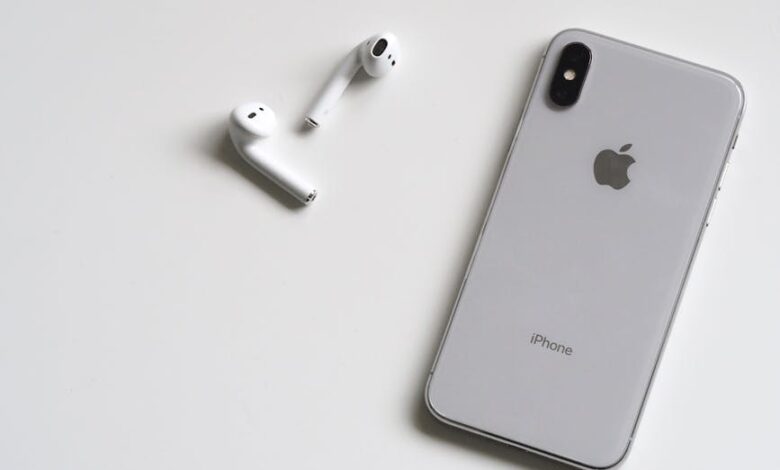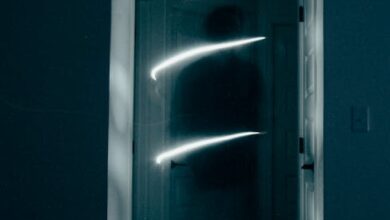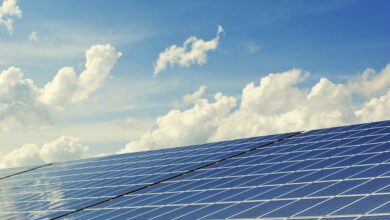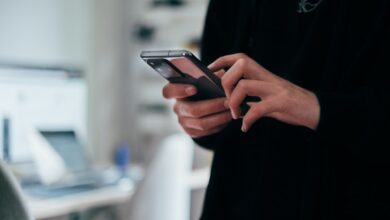Best Free Light Meter App For Iphone

Are you a photography enthusiast looking to ditch your bulky light meter and embrace the convenience of your iPhone? You’re in luck! Several fantastic free light meter apps can transform your phone into a reliable tool for measuring light and nailing your exposures. As someone who’s spent years experimenting with different apps, I’m here to guide you through the best options available.
A light meter, whether it’s a standalone device or an app on your phone, measures the amount of light in a scene. This information is crucial for setting the correct aperture, shutter speed, and ISO on your camera, ensuring your photos are properly exposed – not too dark (underexposed) and not too bright (overexposed). While your iPhone’s built-in camera app has some metering capabilities, dedicated light meter apps offer more precision and features for serious photographers.
Why Use a Light Meter App?
You might be wondering, “Why not just rely on my camera’s built-in meter?” Good question! While camera meters are helpful, they can be easily fooled by scenes with high contrast or unusual lighting. A light meter app gives you more control and accuracy, especially in challenging situations. Here are some benefits:
- Accuracy: Dedicated apps often provide more precise readings than your camera’s meter, leading to better-exposed photos.
- Convenience: No need to carry extra equipment. Your phone is always with you!
- Cost-Effective: Free apps offer a budget-friendly alternative to expensive handheld light meters.
- Learning Tool: Using a light meter app can help you understand how light affects your photos and improve your overall photography skills.
The Best Free Light Meter Apps for iPhone
Alright, let’s dive into the apps that I’ve found to be the most useful. Keep in mind that performance can vary slightly depending on your iPhone model and lighting conditions, but these are generally reliable choices.
Lux Light Meter Free
Lux Light Meter Free is a straightforward and easy-to-use app that provides accurate illuminance measurements in lux or foot-candles. It uses your iPhone’s light sensor to determine the amount of light falling on it. While it’s primarily designed for measuring ambient light levels (like in a room), it can also be helpful for photographers looking for a quick reference point. The app’s simple interface makes it ideal for beginners.
Light Meter by WBPhoto
This app is specifically designed for photographers. Light Meter by WBPhoto uses your iPhone’s camera to take incident light readings. Incident light is the light falling *on* your subject, as opposed to reflected light (the light bouncing off your subject, which is what your camera’s meter usually measures). Measuring incident light provides a more accurate reading, especially in tricky lighting situations. This app typically requires you to point the phone’s front facing camera at the light source for an accurate reading. While not as intuitive as some of the reflected light reading apps, this one can greatly improve the accuracy of your light meter reading. You can manually set your ISO, aperture, and shutter speed, and the app tells you if your exposure is over, under, or properly exposed.
Pocket Light Meter
Pocket Light Meter is another excellent option. It allows you to take both reflected and incident light readings. The app is clean and simple to use. You can select the film ISO and the app gives you various shutter speed and aperture combinations. It’s perfect for anyone shooting film, or digital photographers looking for a simple tool to improve the accuracy of their exposures.
myLightMeter
myLightMeter combines simplicity with functionality. It offers both reflected and incident light metering options. It presents the exposure information in an easy to understand fashion, and lets you set the ISO and aperture and gives you corresponding shutter speeds. Some of my favorite features with myLightMeter include the incident and reflected light metering options.
Tips for Using a Light Meter App Effectively
Even the best light meter app is only as good as the person using it. Here are some tips to help you get the most accurate readings and improve your photography:
- Calibrate Your App: Some apps allow you to calibrate them against a known light source or another light meter. This can improve accuracy. Check the app’s settings for calibration options.
- Understand Incident vs. Reflected Light: Know when to use incident vs. reflected light metering. Incident light is best for situations where you want to measure the light falling on your subject, while reflected light is useful when you can’t get close to your subject.
- Consider the Scene: Be aware of the overall lighting in the scene. If there are bright highlights or deep shadows, take multiple readings and average them.
- Practice, Practice, Practice: The more you use a light meter app, the better you’ll become at understanding how light works and how to use the app to achieve the desired results.
- Keep Your Lens Clean: Smudges and dirt on your iPhone’s lens can affect the accuracy of the light meter. Make sure to clean your lens regularly.
Are There Any Downsides?
While light meter apps are incredibly convenient, there are a few potential drawbacks to keep in mind:
- Accuracy Limitations: iPhone light sensors aren’t as sophisticated as those found in dedicated light meters. Accuracy can be affected by factors like sensor quality and ambient temperature.
- Battery Drain: Using the camera and sensor continuously can drain your iPhone’s battery quickly.
- Distractions: It’s easy to get distracted by notifications and other apps on your phone while you’re trying to take a reading.
- Not a Replacement for Experience: While these apps can help, they won’t replace the knowledge you gain from understanding your camera and how it interacts with different light conditions.
Frequently Asked Questions
Are free light meter apps accurate enough for professional use?
While free apps can be useful, professional photographers often rely on dedicated light meters for the highest level of accuracy and reliability. However, many pros will use these apps for quick exposure checks.
Can I use a light meter app to measure flash exposure?
Some light meter apps have features for measuring flash exposure, but their accuracy may vary. Look for apps that specifically mention flash metering capabilities. Be aware that this usually requires a separate accessory that is connected to the phone.
Do these apps work on older iPhones?
Most light meter apps are compatible with a range of iPhone models, but it’s always a good idea to check the app’s description in the App Store to ensure compatibility with your specific device. Some older iPhones may have less accurate light sensors.
Using a free light meter app on your iPhone is a fantastic way to improve your photography skills and achieve better-exposed photos. While these apps may not be as precise as professional-grade light meters, they offer a convenient and cost-effective alternative for enthusiasts and beginners alike. By understanding how these apps work and following the tips I’ve shared, you can unlock the potential of your iPhone as a valuable tool for capturing stunning images.



